In the world of science and innovation, some of the most groundbreaking inventions have emerged not from meticulously planned experiments but from serendipitous accidents. These unexpected discoveries have shaped our lives and revolutionized various industries. In this blog, we’ll embark on an intriguing journey through 17 important scientific inventions that were created entirely by accident. From life-saving antibiotics to iconic kitchen gadgets, these unplanned breakthroughs showcase the remarkable power of human curiosity and the sometimes unpredictable nature of scientific exploration. Join us as we delve into the stories behind these accidental inventions and uncover the fascinating narratives that have shaped our world.
The List of the 17 Important Scientific Inventions Accidentally Created
17. The Post-It Note
Spencer Silver
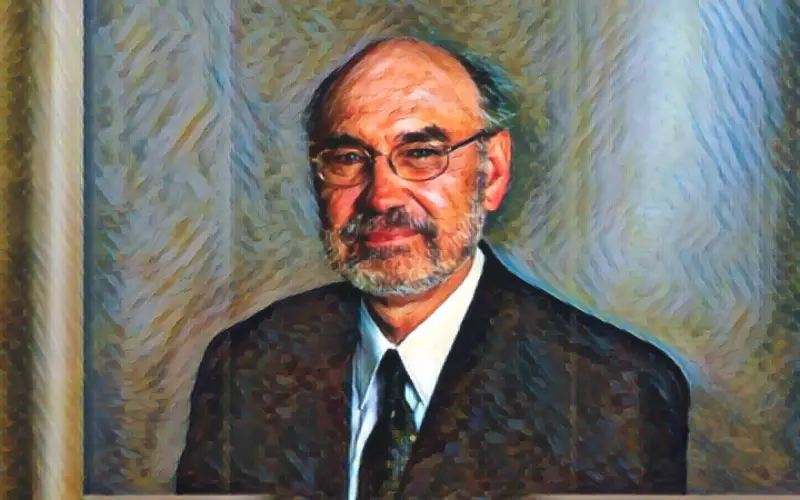
The Post-It Note was invented in 1968 when Spencer Silver, a scientist at 3M, was trying to develop a super-strong adhesive but instead created a weak, reusable one. It wasn’t until a colleague, Art Fry, realized the potential of this adhesive when he needed a way to mark his hymnbook pages without damaging them. This serendipitous discovery led to the development of the iconic Post-It Note, a handy and removable adhesive note.
16. Silly Putty
James Wright
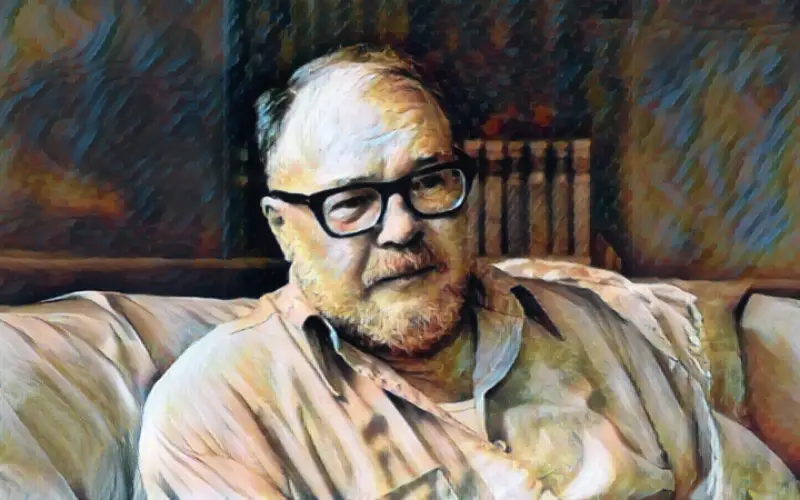
Silly Putty was invented in 1943 during World War II when James Wright, an engineer, was trying to create a synthetic rubber substitute. He combined boric acid and silicone oil, resulting in a bouncy, stretchy material that was not suitable as a rubber substitute but became the popular novelty toy known as Silly Putty.
15. Saccharin
Constantin Fahlberg
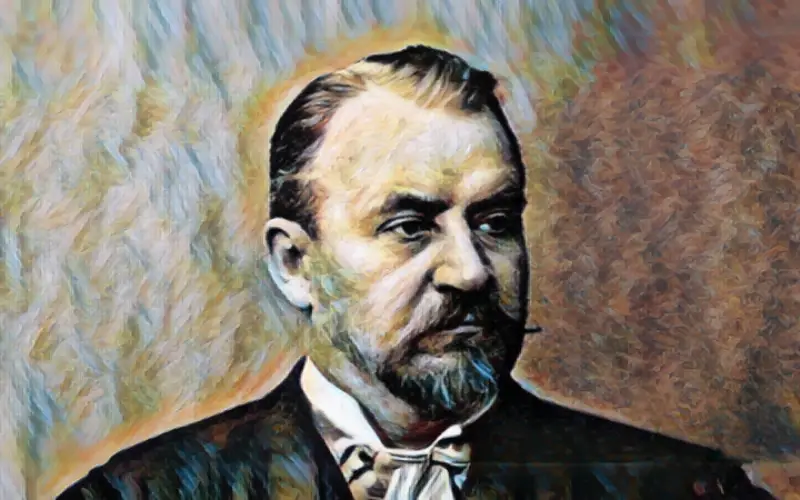
Saccharin was invented in 1879 when Constantin Fahlberg, a chemist, forgot to wash his hands after working with chemicals. He noticed an unusually sweet taste on his hands during dinner and traced it back to a chemical residue. The sugary taste was a result of mixing o-sulfobenzoic acid with phosphorus (V) chloride and ammonia. This would become known as saccharin, an artificial sweetener.
14. Dynamite
Alfred Nobel
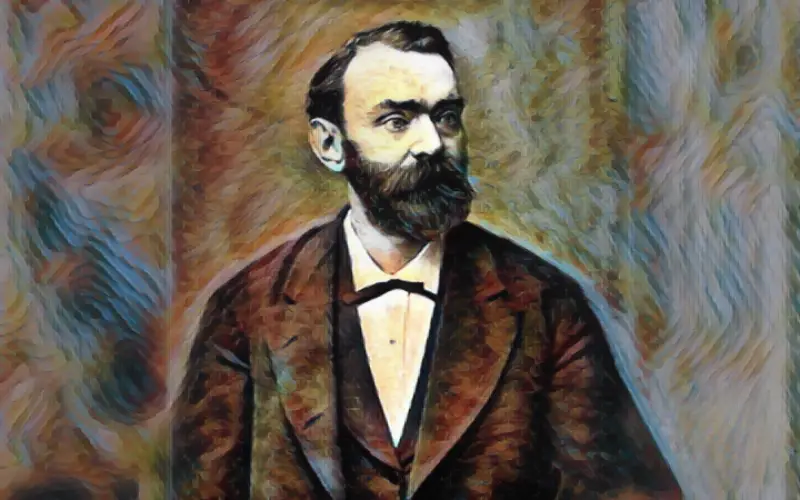
Dynamite was accidentally invented in 1867 when Alfred Nobel was experimenting with nitroglycerin, a highly volatile explosive. He discovered that by mixing nitroglycerin with a porous substance like kieselguhr, he created a much more stable and safer explosive, which he named dynamite.
Read More Fun Facts
Learn more fun facts with Trivia Mastermind content.
13. Vaseline
Robert Chesebrough
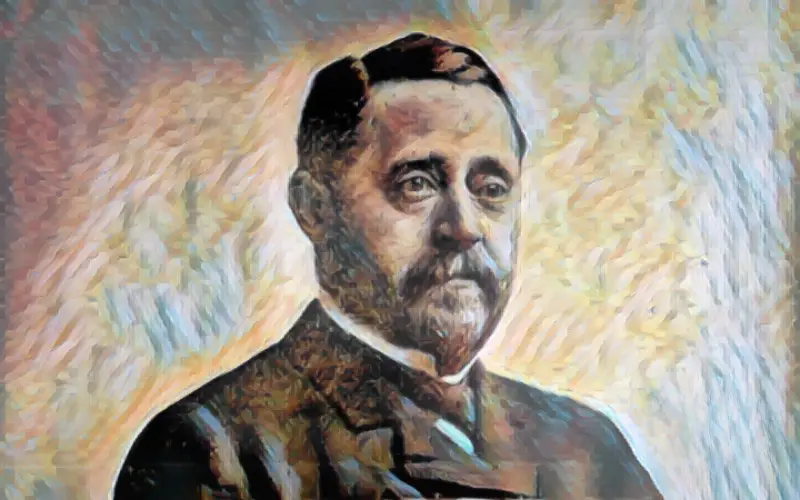
Vaseline was invented in 1870 when a chemist named Robert Chesebrough discovered a sticky residue on oil rigs. He recognized its skin-healing properties when he noticed that the men drilling the petroleum would use a byproduct of the process on their skin to help heal cuts and burns. He would later refine it into the petroleum jelly known as Vaseline.
12. Super Glue
Harry Coover
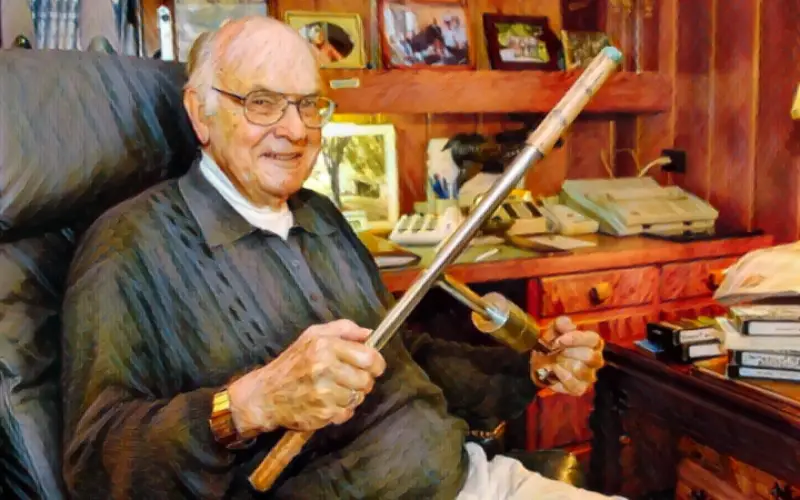
Super glue, or cyanoacrylate adhesive, was invented by accident during in 1942 World War II when Harry Coover, a scientist, was attempting to create clear plastic gun sights. He noticed the adhesive’s strong bonding properties, leading to the development of the adhesive we now know as super glue.
11. Bubble Wrap
Alfred Fielding & Marc Chavannes
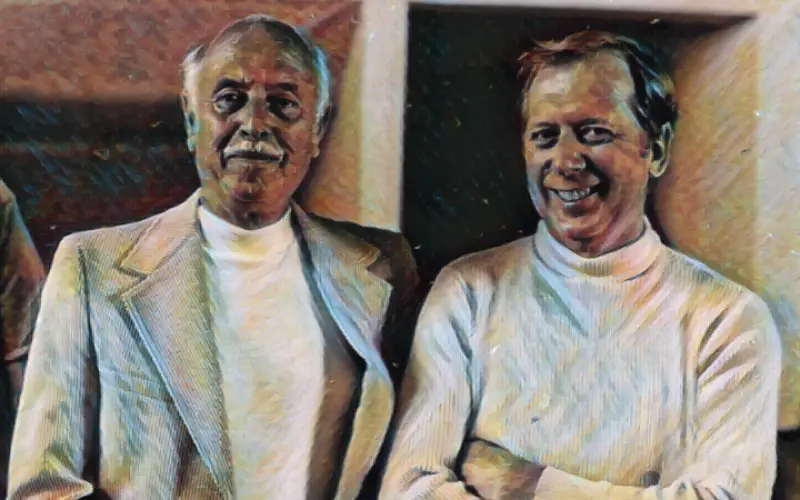
Bubble wrap was invented in 1957 by engineers Alfred Fielding and Marc Chavannes, who were attempting to create a textured wallpaper. When that endeavor failed, they realized the air-filled bubbles in their design had a fun and protective quality, leading to the creation of bubble wrap as a packaging material.
10. Chewing Gum
Thomas Adams
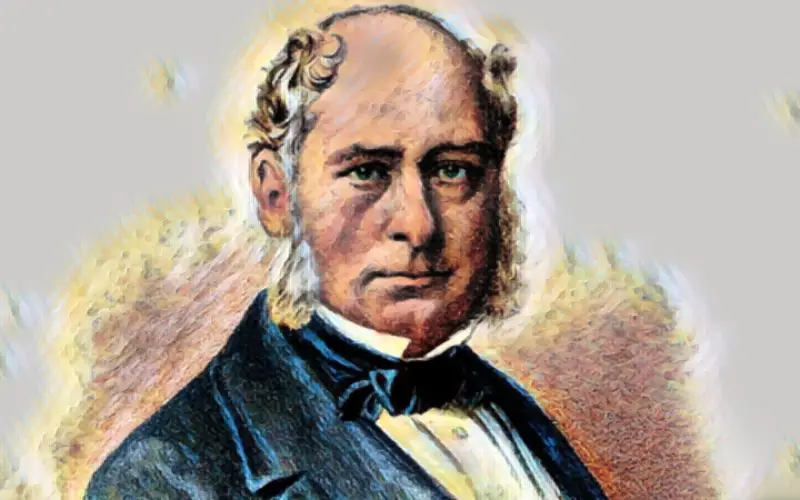
Chewing gum was invented when Thomas Adams, a New York City inventor, tried to create a synthetic rubber from chicle sap in the 1860s. When the rubber project failed, he noticed the chicle’s chewable consistency, leading to the creation of chewing gum.
Play Trivia!
Challenge yourself and play trivia questions with answers and explanations.
9. The Microwave Oven
Percy Spencer
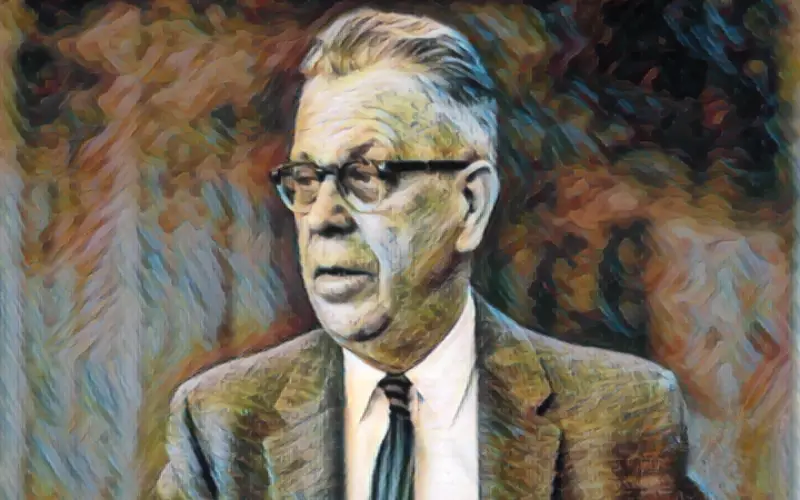
The microwave oven was invented in 1945 when Percy Spencer, a Raytheon engineer, noticed a chocolate bar melting in his pocket while working on magnetron radar equipment. This observation led to the development of the microwave oven, which uses microwave radiation to cook food quickly.
8. Vulcanized Rubber
Charles Goodyear
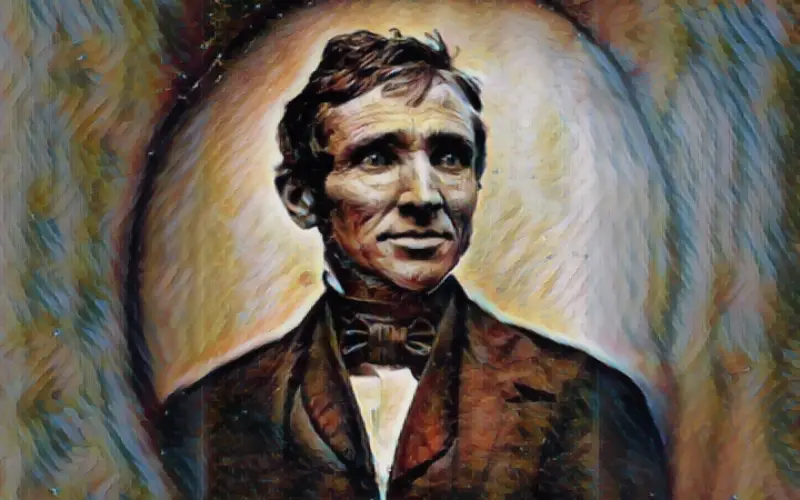
Vulcanized rubber was invented when Charles Goodyear, an American inventor, accidentally dropped a mixture of rubber and sulfur on a hot stove in 1839, attempting to create a weatherproof rubber. This resulted in a more durable and flexible form of rubber, known as vulcanized rubber, which revolutionized various industries.
7. Teflon
Roy Plunkett
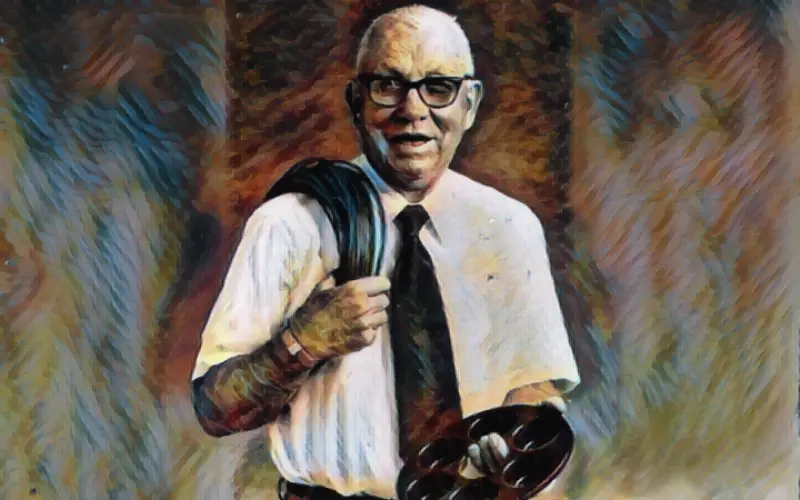
Teflon was invented in 1938 by Roy Plunkett, a chemist, who was working with refrigerants at the DuPont Company’s Jackson Laboratory. When a gas cylinder of tetrafluoroethylene was polymerized and pressurized, it resulted in a solid, slippery material, which became known as Teflon and revolutionized non-stick cookware.
6. Coca-Cola
John Pemberton
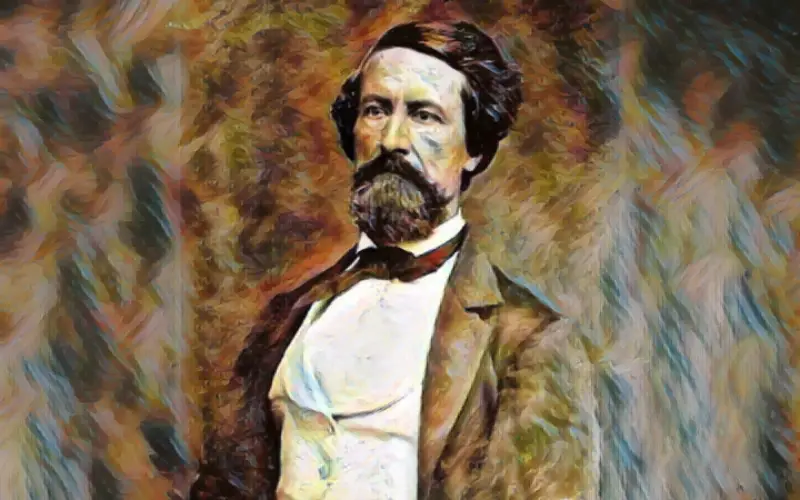
Coca-Cola was invented in 1886 when John Pemberton, a pharmacist, attempted to create a patent medicine. This cocaine and caffeine filled alcoholic drink was intended to help people wean off of heavy drugs. He mixed carbonated water with a formulated syrup. This would be the beginning of what would become the popular soft drink, Coca-Cola.
5. Matches
John Walker
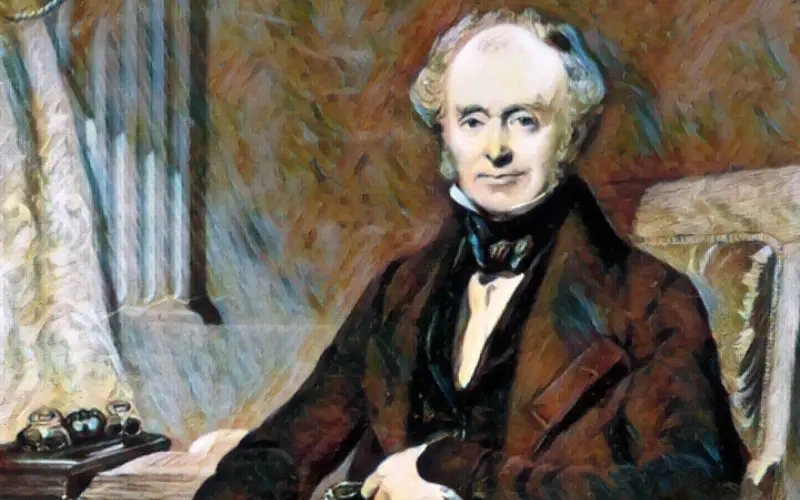
Matches were invented in the early 19th century when John Walker, a pharmacist, inadvertently discovered that a stick coated with chemicals caught fire when he scraped it on the ground, creating the first friction match. Initially they were made from cardboard, but would eventually switch over to the more practical wood over time.
Read More Fun Facts
Learn more fun facts with Trivia Mastermind content.
4. The Implantable Pacemaker
Wilson Greatbatch
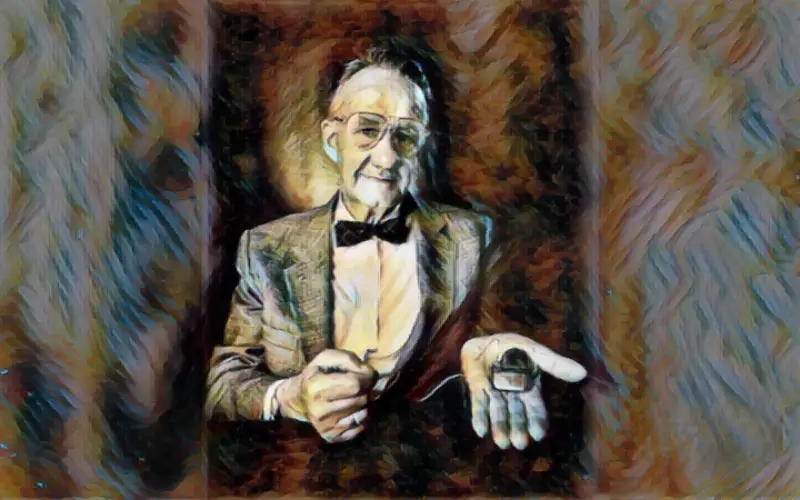
The implantable pacemaker was invented in 1958 when engineer Wilson Greatbatch was working on a device to record heart sounds. He accidentally installed the wrong resistor in the circuit, leading to electrical pulses that mimicked the human heart’s rhythm, resulting in the first implantable pacemaker.
3. Safety Glass
Édouard Bénédictus
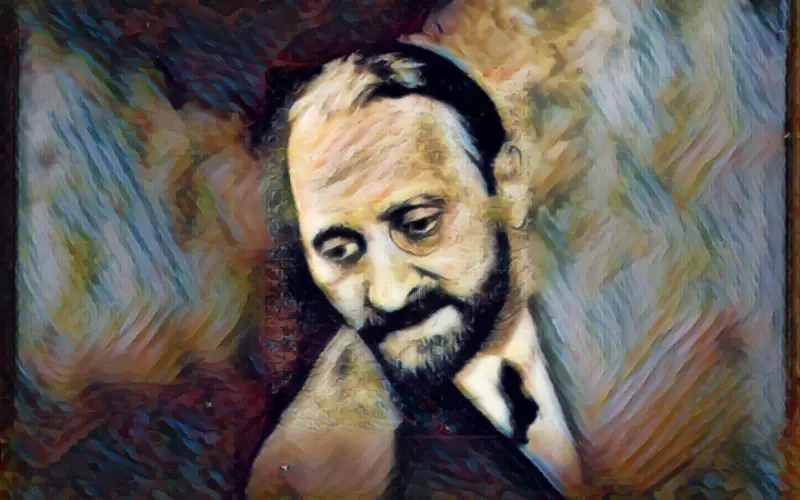
Safety glass was invented in 1903 when Édouard Bénédictus, a French scientist, discovered that a glass flask coated with a plastic cellulose nitrate layer did not shatter when it fell. The glass had just cracked slightly while maintaining its shape.This serendipitous discovery led to the development of laminated safety glass.
2. The X-ray Machine
Wilhelm Conrad Roentgen
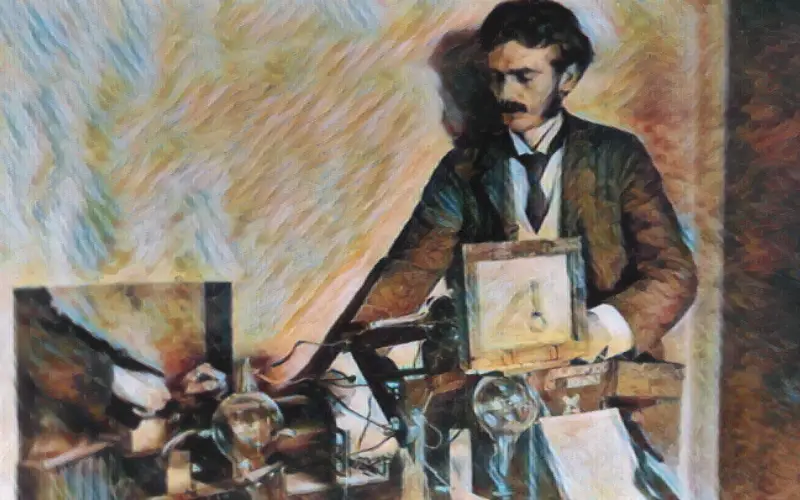
The X-ray machine was invented in 1895 when Wilhelm Conrad Roentgen, a German physicist, was experimenting with cathode rays. He noticed that a screen in his lab fluoresced even when it was not in the direct path of the rays. After playing around some more, he discovered that putting his hand in front of the glow allowed him to see past his skin to his bones, leading to the discovery of X-rays.
1. Penicillin
Dr. Alexander Fleming
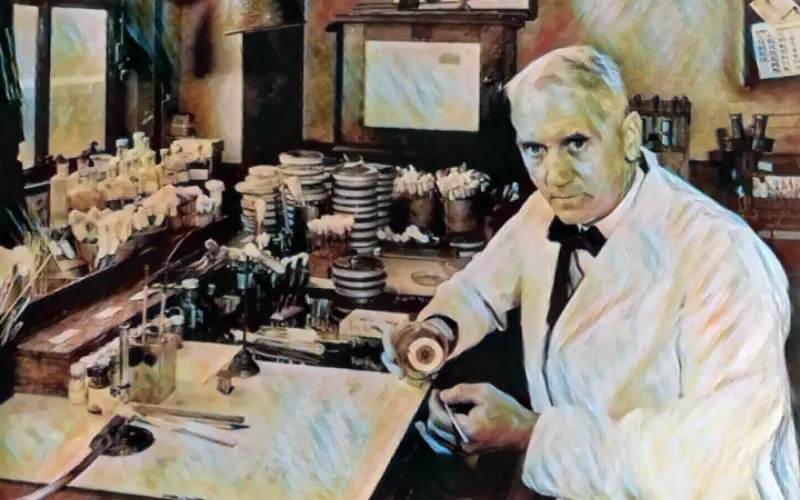
Penicillin was invented in 1928 when Dr. Alexander Fleming, a Scottish bacteriologist, noticed that a mold called Penicillium notatum had killed the cultures of Staphylococcus aureus he had accidentally left in his lab for two weeks. This serendipitous discovery led to the development of the first antibiotic, penicillin.
Conclusion
As we wrap up this exploration of 17 important scientific inventions that emerged from accidents, it’s clear that serendipity often plays a profound role in the course of human progress. These remarkable stories remind us that in the pursuit of knowledge and innovation, unexpected twists and turns can lead to groundbreaking discoveries. From the life-changing penicillin to the convenient Post-It Note, these inventions not only highlight the resilience of human ingenuity but also serve as a testament to the infinite possibilities that await in the world of science. So, the next time you encounter an unforeseen obstacle or an unintended outcome, remember that it might just be the birth of the next scientific marvel. In the world of innovation, accidents can be the unexpected doors that open to new horizons.
Read More Fun Facts
Learn more fun facts with Trivia Mastermind content.
Play Trivia!
Challenge yourself and play trivia questions with answers and explanations.
Recent Posts
Science Trivia - Astronomy ...
Step into a realm of nostalgia as we embark on a journey through the annals of pop culture and bid farewell to 35 recently obsolete technologies. In the ever-evolving landscape of innovation, certain...


